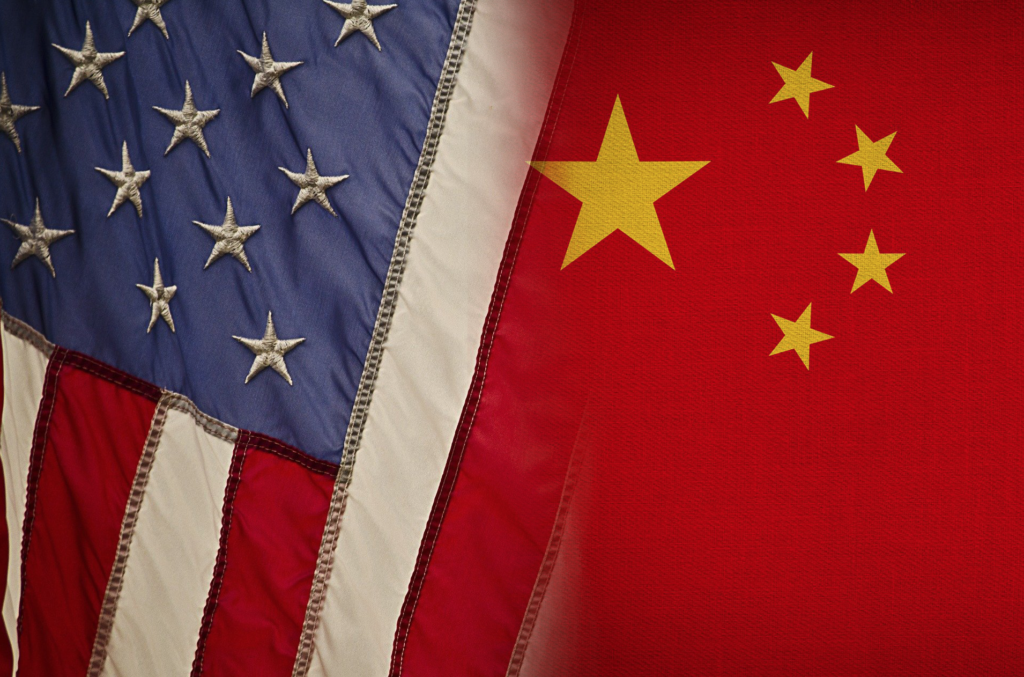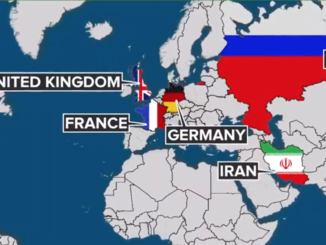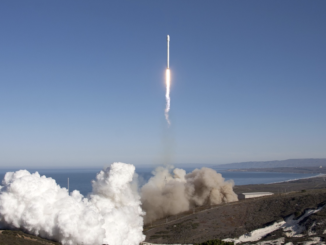
Amid the stumbling rise in Covid-19 cases, the politicking and strategic manoeuvring between China and the US is escalating. Amongst the growing competition in economics, trade, supply chains, technological dominance, investment, maritime disputes and visa restrictions on each other’s journalists, the battle now encompasses Covid-19, as well. Both countries were already on the edge of a cliff since Trump’s election, but the pandemic pulled out the remaining chances for stability. When the world requires unruffled attention from the leading global powers, the deteriorating relationship between the two powers is becoming a significant geopolitical peril.
The competition for global hegemony between the two superpowers, the US and the former Soviet Union became the major constituent in igniting a Cold War that unleashed unimaginable and chaotic changes in the world system. The fear of adversary’s dominance and the irrational political thought in both countries accelerated arms race and military confrontation which in turn, resulted in a prolonged global crisis.
Correspondingly, the dynamics between Washington and Beijing have prompted experts from both countries to warn that they are in the early days of a new cold war. The public’s negative perspective and the irrational political thought is increasing against each other in both countries. What could turn this cold war into a hot war or a full-fledged military confrontation? There are several factors to consider given the wide range of dissimilarities, but the most contemporary and proliferating of these are Hong Kong, South China Sea and Taiwan.
The Divergence Over Hong Kong. In response to the increased US interference and soaring protests in Hong Kong, the Chinese National People’s Congress introduced a ‘national security law’ to safeguard the interests of the country. According to the Chinese, the law is to suppress terrorism and the rising calls for Hong Kong’s independence from China, and strengthen national security and restrict foreign interference in the country. The step has earned dismay from the US and Hong Kong’s pro-western officials and the media.
The protests started last year when the Chinese administration proposed an extradition law that would permit extraditing the dissidents to mainland China. The protests resulted in civil disobedience by the pro-democracy activists and disarray in the country. In response to the protests, the US passed the Hong Kong Human Rights and Democracy Act that further enhances ties with Hong Kong under its special status.
China’s ‘national security law’ was strongly condemned by the US Secretary of State, Mike Pompeo, and on May 29, President Donald Trump revoked the special “preferential treatment (of Hong Kong) as a separate customs and travel territory from the rest of China.” Under the special status, the US dollar was easily exchangeable with Hong Kong’s for free and the country was an attractive place for American businesses. The step was to counter the new law and it would treat Hong Kong as a part of China (same sanctions and tariffs as China) making Hong Kong collateral damage for a greater game. This could mean that the US backsliding and China’s aggressive policies towards Hong Kong could allow China to follow with its military threats in the future.
The Confrontation in the South China Sea. The South China Sea is a strongly contested region between the two major powers. Both countries have developed a military presence in the region. On the US side, it has sped up its freedom of navigation and open trade policy to prevent China from asserting itself in the region. On the other hand, among creating artificial islands for military exercises and claiming a large part of the region as its territory, China has sunk a Vietnamese fishing vessel and deployed its carrier strike group for conducting continuous exercises in the region. Although the region is being contested between the US and China for economic reasons, however, the military presence is often used to increase the influence regardless of its highly destabilizing flashpoints.
China has occasionally threatened the disputed territories with military advancements and one of them includes Scarborough Shoal, a contested area between China and the Philippines. If China attempts to militarize the territory, it could result in a military confrontation with the US as the latter has clearly communicated it as a red line that could lead to military escalation. In a nutshell, the vulnerable territorial disputes, military exercises, weak communicational ties and strategic distrust could foreshadow a crisis.
Taiwan Continues to be a Flashpoint. Last but not the least, Taiwan is a critical flashpoint which China says will become a part of mainland China (by force, if necessary) but the pro-democracy government of Taiwan claims otherwise. President Xi Jinping’s ‘China dream’ was challenged by the pro-democracy Taiwan leader Tsai Ing-wen who has gained public support and victory in the last elections. The democratic movement in Taiwan has not only attained applause from its populace but it has received cheerful motivation from Hong Kong protestors and Western officials. Even during the Covid-19, Taiwan has startled the world by maturely handling the spread of the virus.
However, the US support to Taiwan is not surprising given its penchant to curtail and challenge the Chinese influence in the region. US is an active partner of Taiwan in bilateral relations and has raised concerns for Taiwan on international platforms such as WHO’s recent controversy of Taiwan’s observer status. In response, China has constantly opposed the US alliance with Taiwan.
The tensions in the region have increased in recent months because of the deteriorating tripartite relationship between the US, Taiwan and China. In April, China carried out exercises in Taiwan strait in the absence of the two US carriers that were docked at the port because of the Covid-19 cases present among them. The US, in response, conducted military, naval and aerial exercises. On June 10, China dispatched fighter aircraft in Taiwan strait after a US transport aeroplane flew over the island, escalating military tensions further.
Stuck in the great powers competition, Taiwan has no other option but to align itself with the US. Taiwan, like Hong Kong, will become the collateral damage of power politics. For the US, Taiwan is an opportunity to deter and discourage China and for China, it remains a challenge to assert its regional as well as a global leadership role. Would Taiwan be stuck with China like Hong Kong, if the US withdraws or would it become collateral damage of great competition? Either way, Tsai Ing-Wen has not many options left to wiggle around.
The consequences of the evolving cold war between the US and China are likely to be worse than the previous one because of the increased arms race and economic interdependencies. In the contemporary international order, no state can act without ignoring the repercussions to the international order. States must, therefore, adopt the policy of cooperation instead of confrontation to reduce the threat of crisis. This nevertheless would require political thought of the state’s leadership, since rationality or irrationality can bring out the best or the worst.
![]()




Indeed both China and Usa have to cooperate because it is the only solution for a peaceful world.Now cold wars would be more frightening , more deadly because of the advance ammunition and more resources.
well well well… Right now they are focusing on strategic fronts to increase the influence.
You did not mention technological war between them. Today, Chinese exports are way more than in the US. That is also a constituent
world does not afford to have another cold war. We are already under pandemic
If this happens, which side pakistan will choose? One must wonder. Pakistan will stay neutral or support China?
Political thought is very important but even if Trump gets de-elected, Joe Biden is also against China.